How to Worship
Saijo Inari is a temple where worshippers can come to pray to Buddha.
The following information outlines how to worship at Saijo Inari.
1. Purify your hands and mouth at the purification trough.
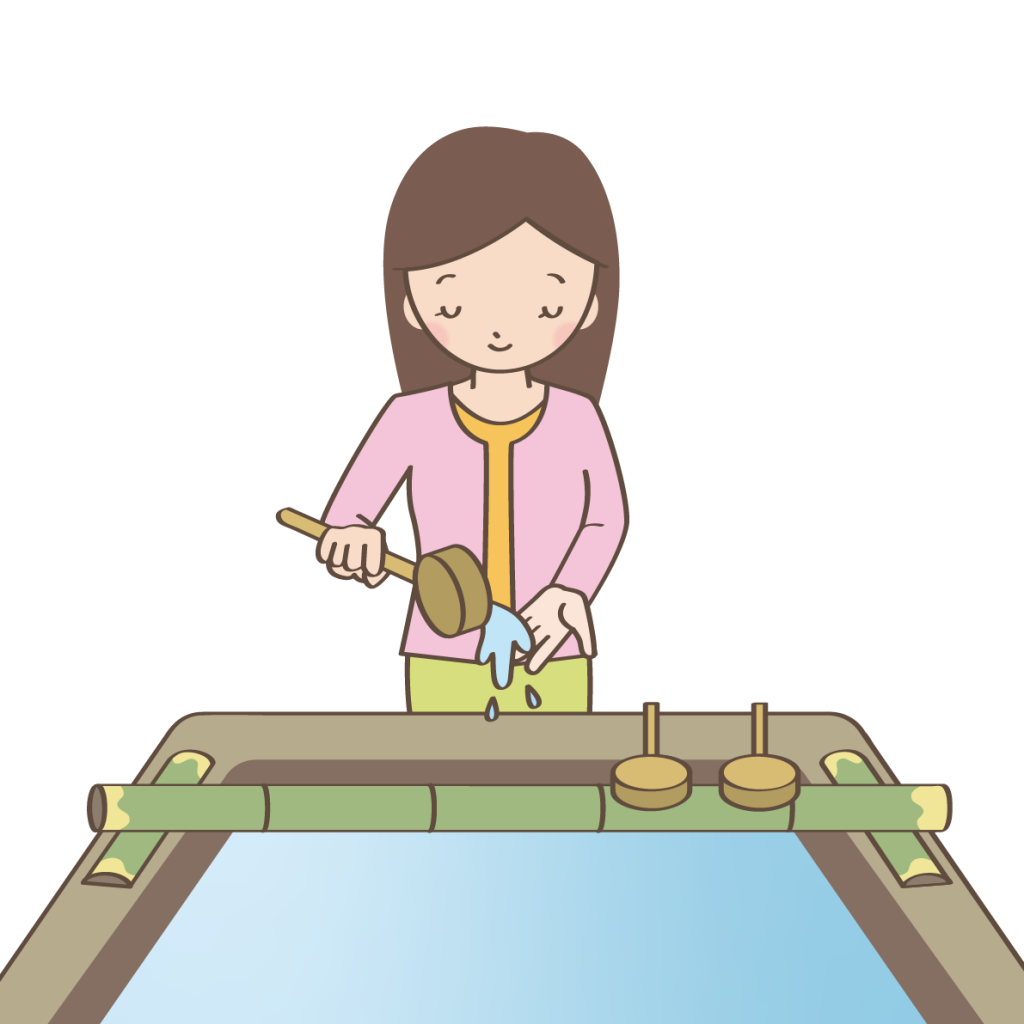
With the ladle in your right hand, first cleanse your left hand, and then switch the ladle to your left hand to cleanse your right hand. Transfer the ladle to your right hand again, and cup some water in your left hand for rinsing out your mouth. Finally, hold the ladle upright and rinse the handle under the running water, and then return the ladle to its original position.
Note:Please do not put your mouth directly on the ladle!
2. Get a candle and incense from in front of the worship hall.
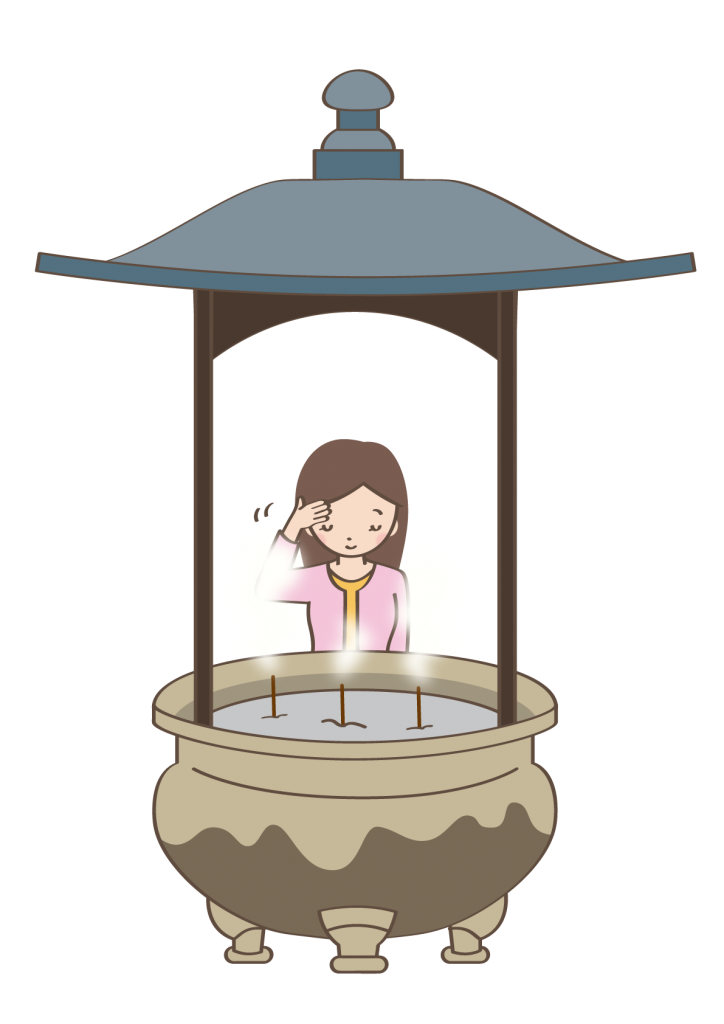
Candles and incense can be found to the east of the purification trough and on the east side of the main hall. Pay the necessary fees to receive a candle and incense (100 yen for a set including one candle and one bundle of incense). Prayers (prosperity in business, safety in the home, safety in traffic, and realization of one's earnest wishes) are inscribed on the candle. Choose a candle that suits your wishes.
Worshippers with a lighter or the like should place their candle on the stand and light it. If you do not have a lighter, a flame is provided near the candlestick. Light the candle and then place it on the stand.
Light the incense bundle with the candle that you lit, and place it in the incense burner. The smoke from the incense being offered to Buddha is considered purified, leading some people to rub the smoke on their head and body. The smoke from the incense is said to answer prayers such as bodily health and clear-headedness.
Note:Light the incense using only the candle that you lit. Also, do not extinguish the candle.
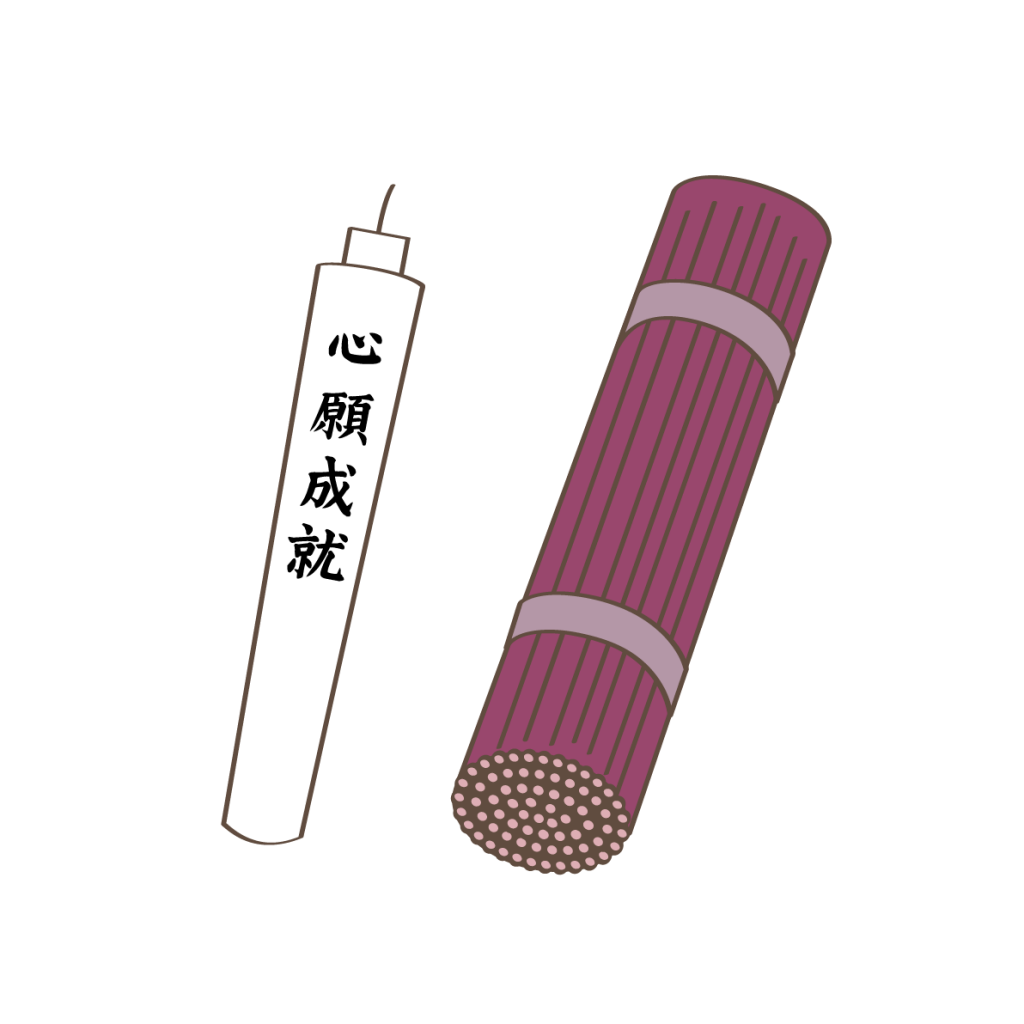
Point 1 Why do worshippers offer a candle and incense?
The three standard offerings to Buddha are incense, flowers, and light (votive candles). Buddha feeds off of good scents, so the smoke from incense is believed to be pleasing. In addition, the burning out of a lit incense has been compared to the testimony of tireless devotion. Meanwhile, votive candles are said to be symbolic of the wisdom that leads to enlightenment due to their ability to illuminate the dark. The third offering, flowers, are said to be an indication of calmness and restraint from desire, for their beauty soothes and softens the spirit.
3. Proceed to the front of the main hall and pray to the principal image, Saijo Sama.
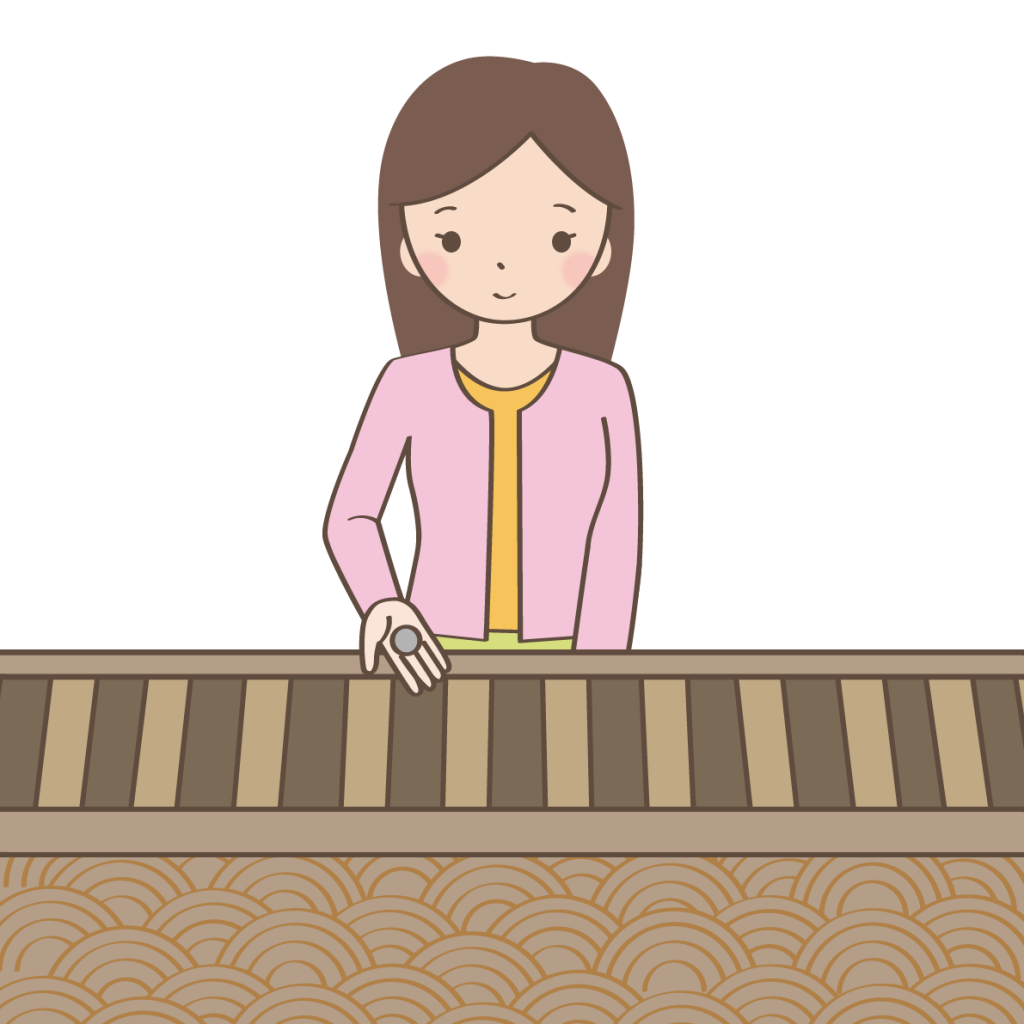
If you are wearing a hat, please take it off. Also, if you are wearing a Buddhist rosary, grip them in between the left thumb and index finger. Carefully place your offering (as much as you feel is appropriate) into the offertory box, take a breath, and place your palms together while praying quietly with a calm mind.
Saijo Inari is dedicated to O‐Inari Sama (Saijoi Kyo-o Daibosatsu)—worshipped in the Lotus Sutra—so worshippers should pray sincerely after chanting “Nam-myoho-renge-kyo” (“I devote myself to (embrace) the teachings of the Lotus Sutra.”) either once or three times with all their heart.
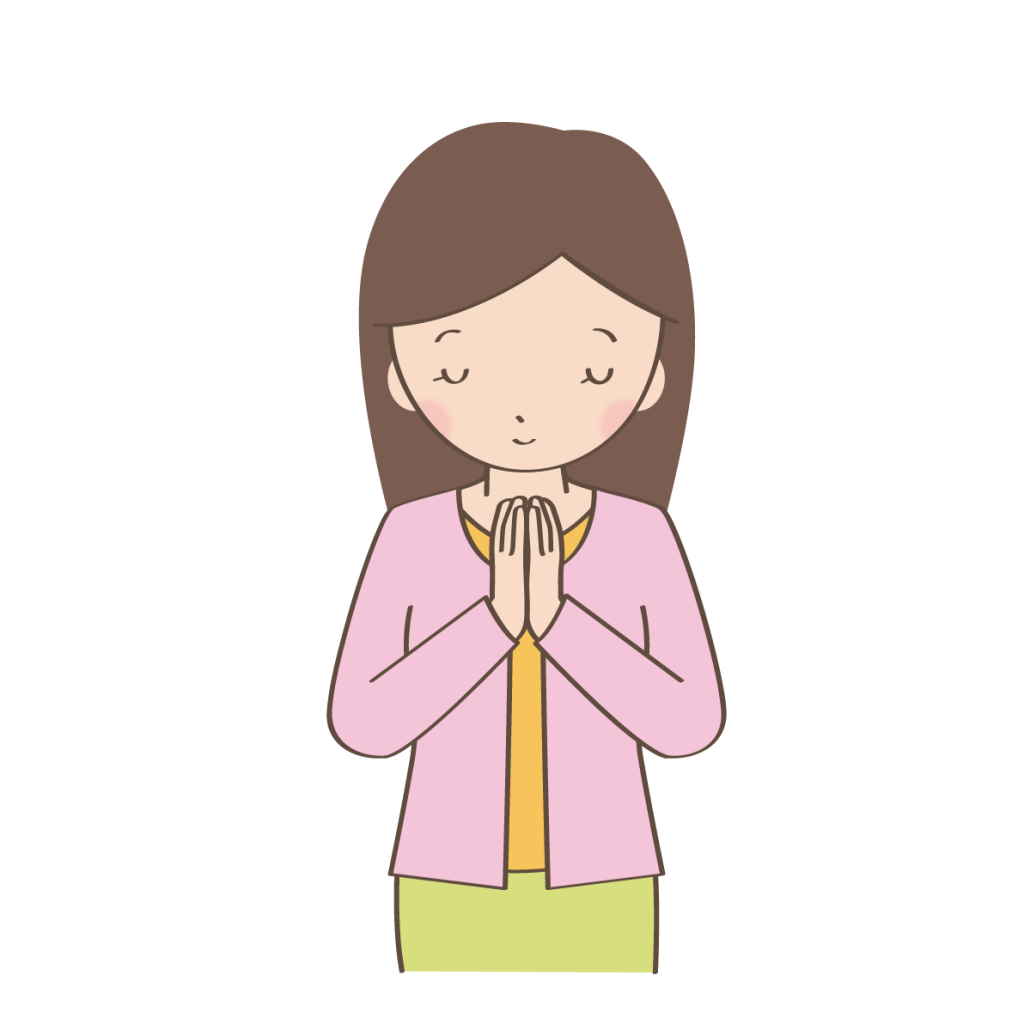
Point 2 What is the significance of placing your palms together?
Typically, the right hand is said to represent Buddha, and the left hand represents sentient beings (i.e., humans). These two are combined into one to form the prayer gesture known as the mudra gassho. The thumbs, index fingers, and middle fingers on both hands are referred to as “pure fingers.”
In general, the prayer gesture is made with all five fingers neatly aligned and raised to nose height at a hand’s width from the face. According to the rules of the prayer gesture, it is important that both palms be exactly aligned.
It is also important to be mindful of one’s posture while praying. Although many people simply bend their neck or bend their back to bow, this posture is not very pleasing to the eyes. Instead, bow by tilting forward straight from the waist.
4. Draw an “omikuji” (paper fortune) and learn Saijo Sama’s revelation.

First, make a monetary offering (100 yen). Place your hands in gassho and offer your prayer to Saijo Sama. When your mind is free of doubts, shake the cylinder holding the bamboo sticks upside down toward you until a stick comes out. Find the drawer with the number that matches the number on the stick, and pull out a paper slip with your fortune on it.
These omikuji come in six general varieties: ![]() (dai-kichi, Great Blessing),
(dai-kichi, Great Blessing), ![]() (kichi, Blessing),
(kichi, Blessing), ![]() (han-kichi, Half Blessing),
(han-kichi, Half Blessing), ![]() (kyo, Curse),
(kyo, Curse), ![]() (han-kyo, Half Curse), and
(han-kyo, Half Curse), and ![]() (dai-kyo, Great Curse). However, a Great Blessing does not mean you need not take care, and a Great Curse does not mean you should be filled with sorrow. Instead, think of the fortunes as a starting point, and approach every day with a steady mind. The fortune you receive should be considered guidance to take with you every day. If, however, the fortune is unappealing to you, you may tie the paper into a knot alongside the other bad fortunes and leave it at the temple.
(dai-kyo, Great Curse). However, a Great Blessing does not mean you need not take care, and a Great Curse does not mean you should be filled with sorrow. Instead, think of the fortunes as a starting point, and approach every day with a steady mind. The fortune you receive should be considered guidance to take with you every day. If, however, the fortune is unappealing to you, you may tie the paper into a knot alongside the other bad fortunes and leave it at the temple.
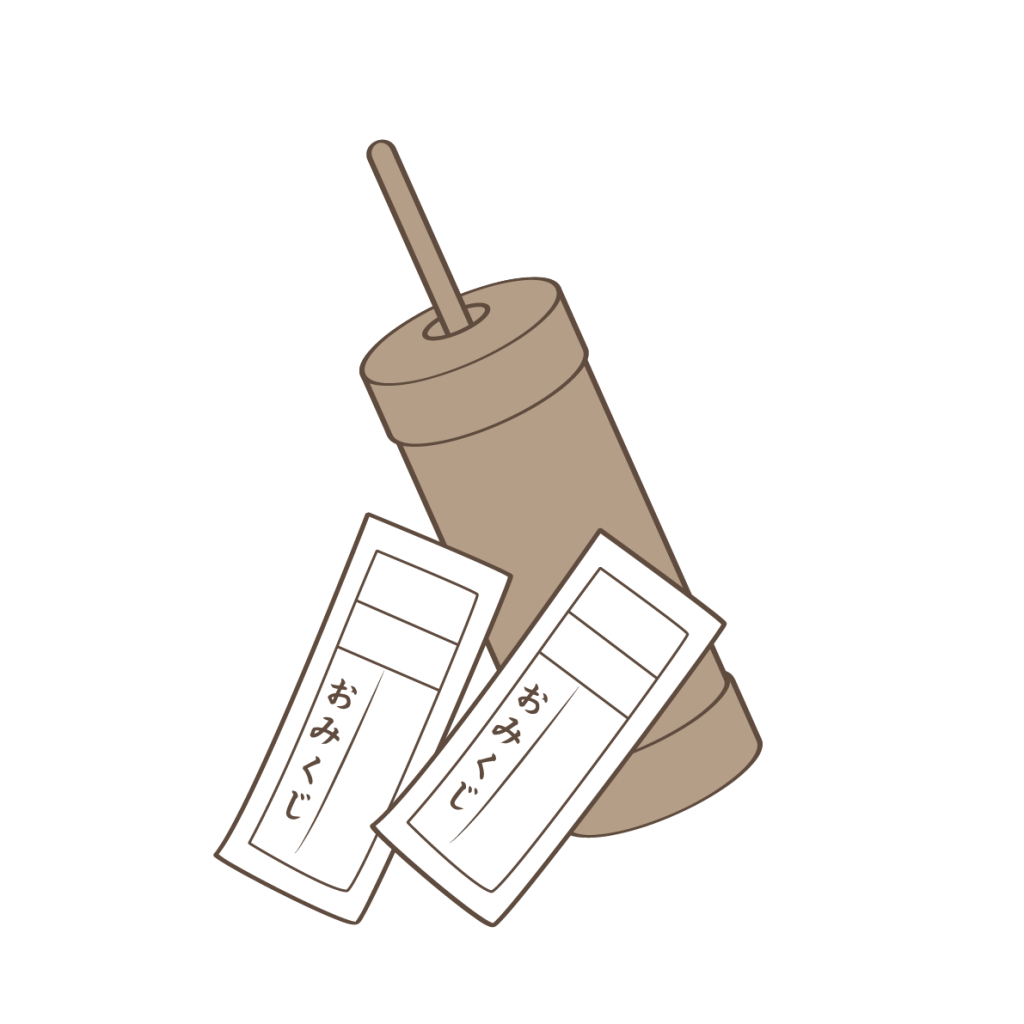
Point 3 Does Saijo Inari really have Great Curse omikuji?
The fortunes written on the paper offered at Saijo Inari have been handed down from the early Edo Period, and the original woodblocks still exist. The blessings are taken from the Lotus Sutra, so it is unlikely that the blessings will say whether your prayers will come true or not.
Some temples and shrines remove Great Curse omikuji, which are regarded as bad fortune, but Saijo Inari holds to tradition and does not remove Great Curse omikuji. Although some complain about having Great Curse omikuji, these fortunes should be thought of as instructions from Saijo Sama on how to improve one’s fortune, offering the bearer cautions to consider from day to day. Omikuji from Saijo Inari are ranked as follows:(dai-kichi, Great Blessing),
(kichi, Blessing),
(han-kichi, Half Blessing),
(kyo, Curse),
(han-kyo, Half Curse), and
(dai-kyo, Great Curse). However, this order of good to bad varies according from temple to temple and shrine to shrine.
Continue reading to learn more about worshipping at Saijo Inari.
Paying Respects to Saijo Sama: Ringing the Temple Bell

Saijo Inari features a bell that worshippers can ring. (Ringing of the bell is prohibited between 10:00 pm and 5:00 am.) The bell tower at Saijo Inari is located at the top of the stone steps to the north of where the candles and incense are available on the east side of the main hall. Come ring the bell once wholeheartedly to let Saijo Sama know that you have come to worship. As this is a greeting, there is no need to put all of your might into ringing the bell.
Petitioning Saijo Sama: Writing Your Wishes on “ema”
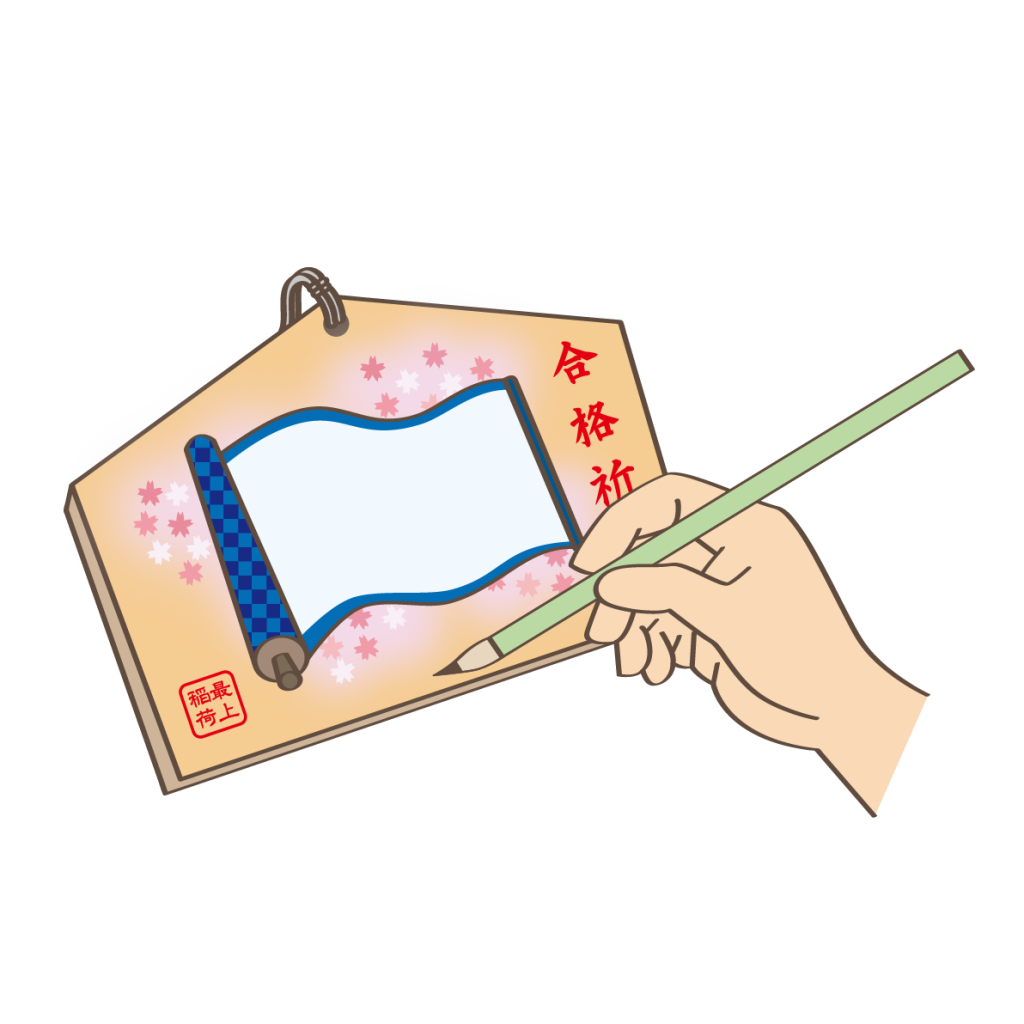
The origins of ema (small wooden plaques worshippers write prayers or wishes on) date back to ancient times when worshippers would offer horses to the shrine as gifts. However, offering live horses required money, so pictures of horses drawn on wooden plaques were offered instead. During the Edo Period, general wishes and pictures other than horses were written on the plaques and brought to temples and shrines.
Ema can be received from the reception office or from “Fortune Shop Yukari.” Select the ema that seems most appropriate for your wish, and pay the appropriate fee. Several locations for filling in ema can be found around the temple with pens available. Because you are addressing your wish to Saijo Sama, choose your words carefully. Writing your name legibly is also a good idea. After writing in your wish, place the ema with the other ema being offered.
Deity of Relationships: “Ryo-en Mairi” at En-no-Massha
1: visiting a temple for divine favor2: sub-temple dedicated to relationships

